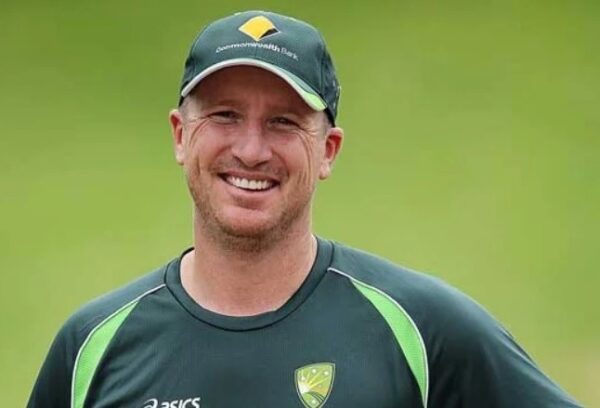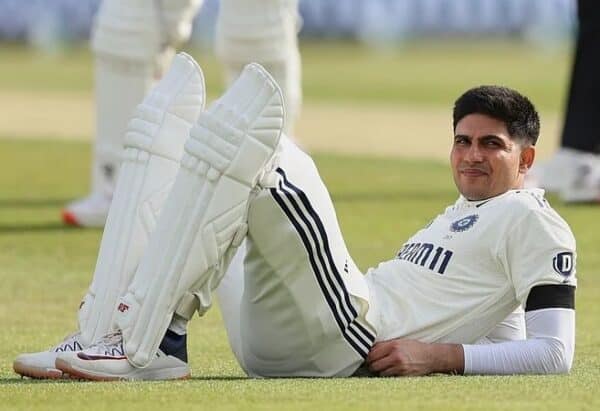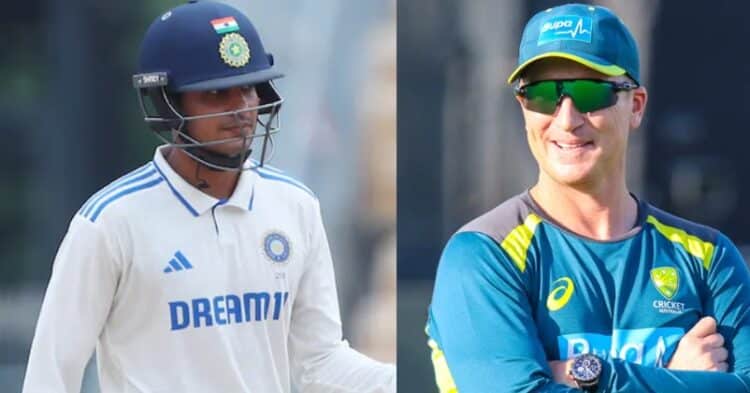Former Aussie cricketer Brad Haddin has offered a critical assessment of India’s fielding performance in the opening Test of the Anderson-Tendulkar Trophy, suggesting that the repeated catching errors are not isolated incidents but symptoms of a deeper issue, one that stems from attitude rather than ability.

According to Brad Haddin, if the newly appointed captain Shubman Gill hopes to forge a successful era, he must instill a mindset of consistent intensity and commitment within the team. In simple words, Brad Haddin wants to imply that attitude adjustment is the solution of India’s fielding problems.
The first Test at Headingley exposed India’s vulnerability in the field as they dropped ten catches, allowing England to take control of what had been a closely contested match. England capitalized on these opportunities to secure a five-wicket win and go 1-0 up in the five-match series. While most of the dropped chances came from Yashasvi Jaiswal and wicketkeeper Rishabh Pant, even seasoned campaigners like Ravindra Jadeja were not immune to the mistakes.
During a Podcast, Brad Haddin emphasised that great cricket teams have always been defined by their fielding standards, regardless of the era. He believes that this is a benchmark Shubman Gill must now set for his team.

He argued that fielding excellence is rooted in attitude rather than just technique, stating that all the coaching in the world won’t help if players lack the desire to stay alert and engaged throughout. He pointed out that poor catching had already been noticeable in this year’s IPL and suggested that the trend might be seeping into international cricket.
Despite the attention the fielding mishaps attracted, India’s batting coach Sitanshu Kotak dismissed the incident as an exception rather than a pattern. Meanwhile, veteran spinner Ravichandran Ashwin offered a different view, explaining that the Indian players often struggle with the Duke ball, which is harder and slightly larger than the SG ball used in India. He noted that playing in cold English conditions makes the adjustment even more difficult.
The Test series also marks a transitional phase for the Indian team. With the retirement of senior players like Virat Kohli and Rohit Sharma, and the exit of experienced batters like Cheteshwar Pujara and Ajinkya Rahane, India is not only rebuilding its batting lineup but has also lost the stability of a long-established slip cordon. This change has added to the team’s growing pains as they try to find new combinations on the field.

Looking ahead to the second Test at Edgbaston on July 2, Brad Haddin warned that India’s top order will be under tremendous pressure. The middle and lower orders collapsed twice at Headingley and unless there is a marked improvement, the responsibility will fall squarely on the openers and top-order batters to hold the innings together.
He remarked that India’s batting collapses have become a recurring theme and if the English bowlers manage to break through early, they are likely to dominate the rest of the lineup with ease.
Hopefully, we will see improvement in Indian fielding in the second test.




